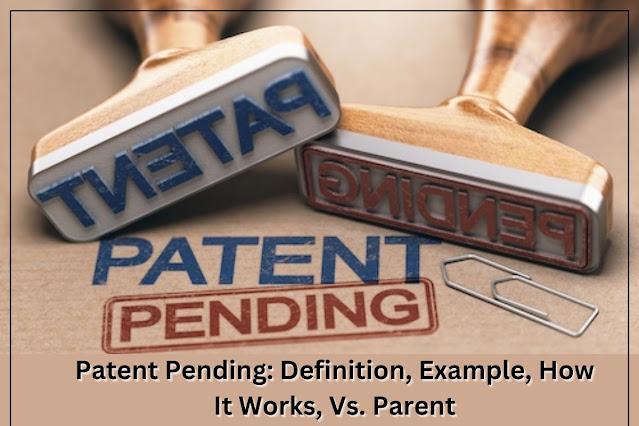Navigating the US Patent Process: A Step-by-step Guide for Inventors
In today's fast-paced world, innovation and creativity are highly valued, especially in the United States. The US Patent Process is a crucial part of protecting your invention and ideas from competitors.
However, the patent process comes with many options: provisional, non-provisional, utility, design, and many more. In this guide, we'll walk you through the patent process step-by-step, so you can easily navigate it.
Here are all the steps to get a US patent on your idea or invention so that you can decide whether you can do it without a lawyer or whether you will need a patent company’s help.
Step 1: Conduct a Patent Search
Before you even start thinking about filing for a patent, it's essential to conduct a thorough patent search to ensure that your invention isn't already patented. You can conduct a search yourself using the US Patent and Trademark Office's (USPTO) website, or you can use a patent company's services to perform a more comprehensive search.
Step 2: Document Your Invention
Once you've determined that your invention is original, you'll need to document it. This includes creating detailed drawings, diagrams, and written descriptions of your invention. If you're inventing an app, for example, you'll need to provide screenshots, flowcharts, and descriptions of the app's functionality.
Step 3: Create a Prototype
If possible, create a prototype of your invention. This doesn't have to be a fully functional product, but it should show the key features and functions of your invention. A prototype will help you better understand your invention's strengths and weaknesses and will also make it easier to explain your invention to others.
Step 4: Decide Whether to Sell or File a Patent
After documenting and prototyping your invention, you'll need to decide whether to sell or file a patent. If you're planning to sell your invention, you can work with a patent company to help you find potential buyers. However, if you want to protect your invention and prevent others from making, using, or selling it, you'll need to file a patent.
Step 5: File Your Patent Application
Filing a patent application can be a complex and time-consuming process, but it's essential if you want to protect your invention. You can file your own patent application, but it's recommended to use a patent filing service to ensure that your application is complete and accurate.
Step 6: Wait for a Response
Once you've submitted your patent application, you'll need to wait for a response from the USPTO. This can take several years, so be patient. During this time, you may receive requests for additional information or clarification from the USPTO.
Step 7: Patent Granted or Denied
If your patent is granted, congratulations! You'll now have exclusive rights to your invention for a set period, usually 20 years from the filing date. If your patent is denied. Don’t despair just because it got rejected, you can appeal the decision or try to make changes to your invention and reapply for a patent.
To Sum Up,
Navigating the US Patent Process can be overwhelming, but it's essential to protect your invention and ideas. Whether you're inventing an app or creating a new product, following these steps will help you through the process. Remember, you can always seek help from a patent company or patent filing service to ensure that your application is complete and accurate.
Own my invention is one patent service-providing company that will guide you and be there for you throughout the patent approval process.
If you have an invention idea or you have done an invention, contact us today to get a patent or just fill out the contact us form and our team will get in contact with you.


.jpg)

Comments
Post a Comment